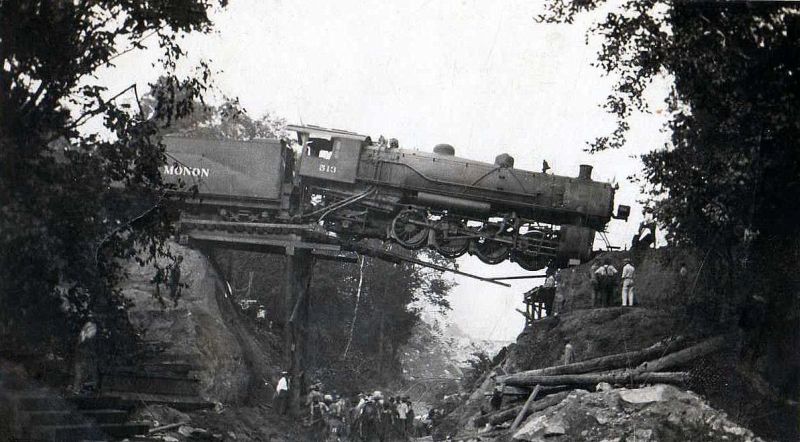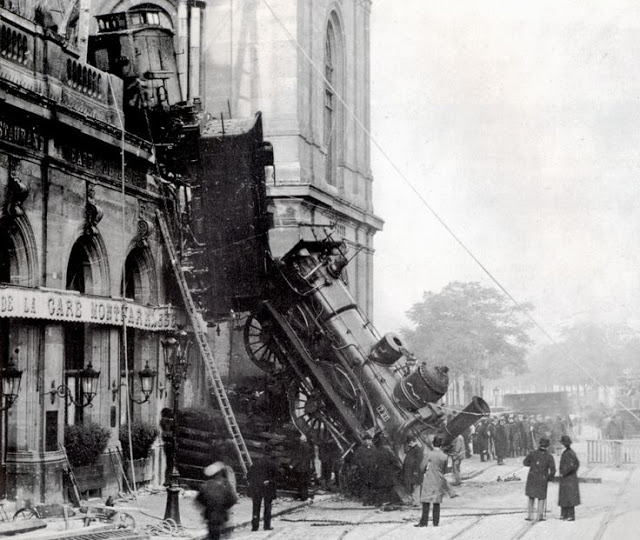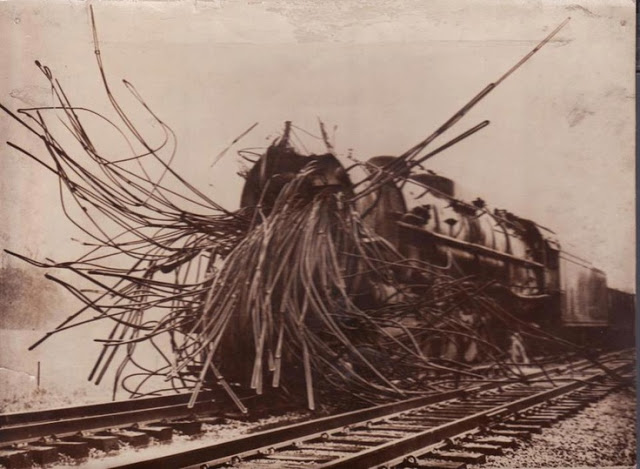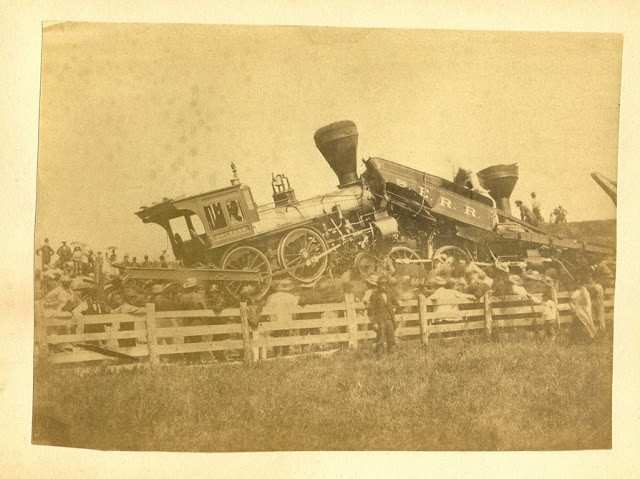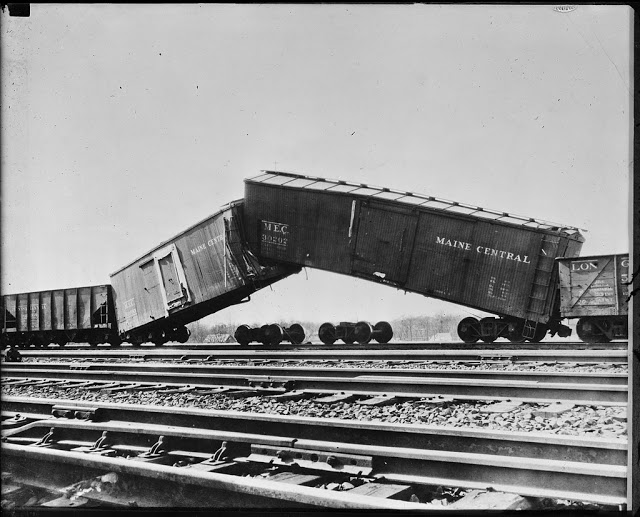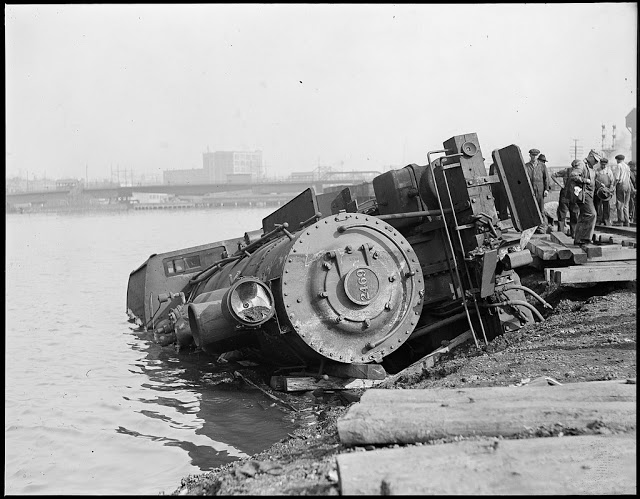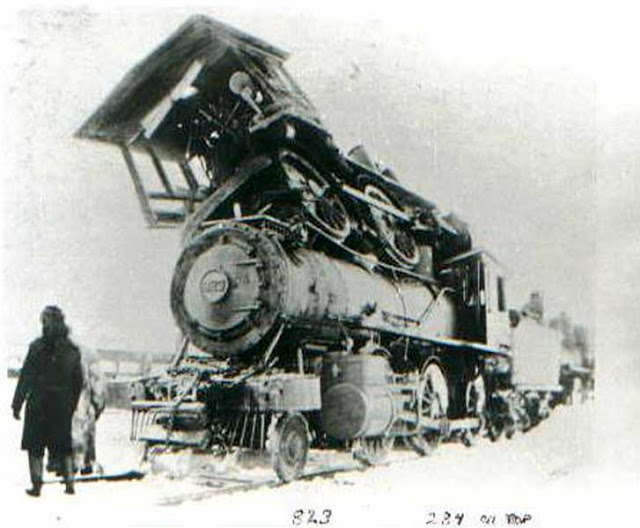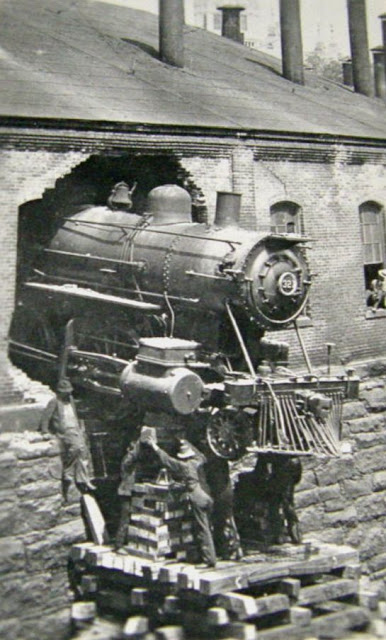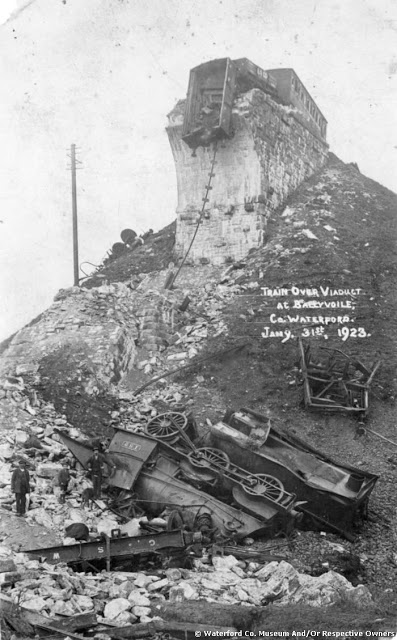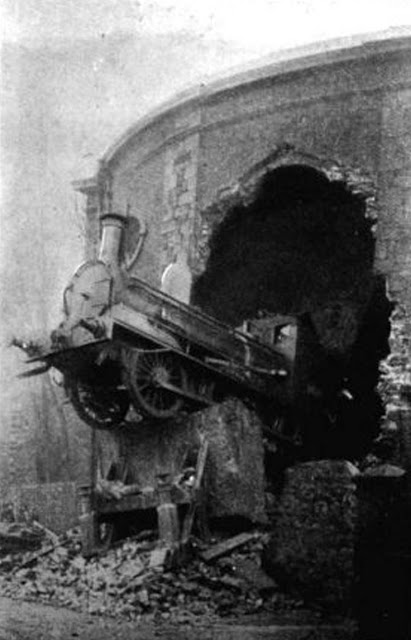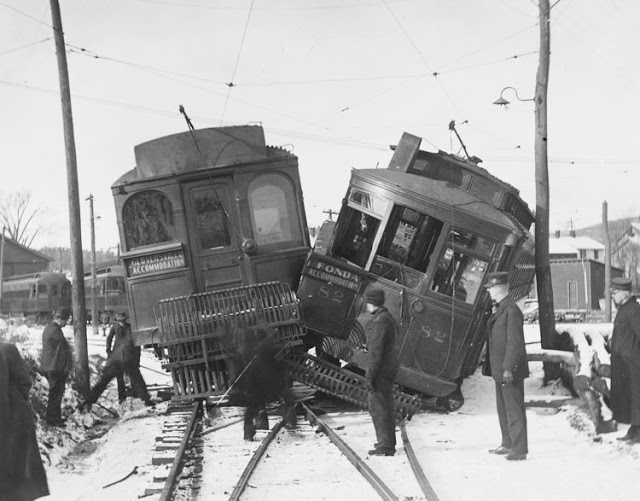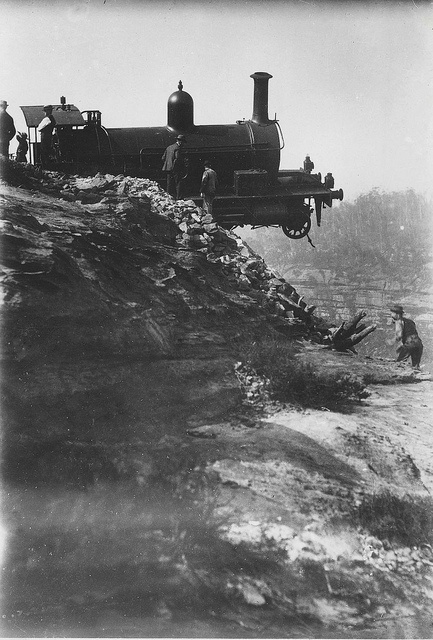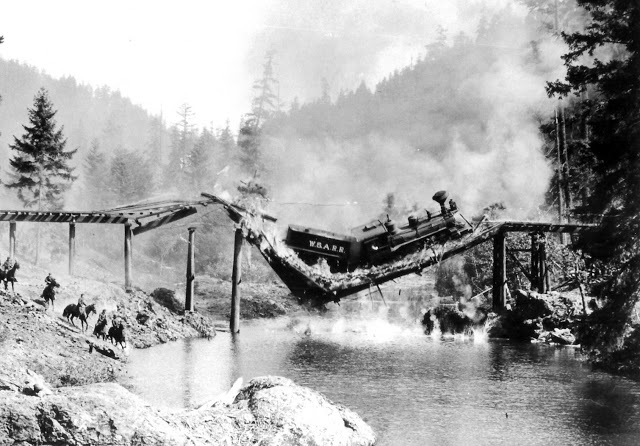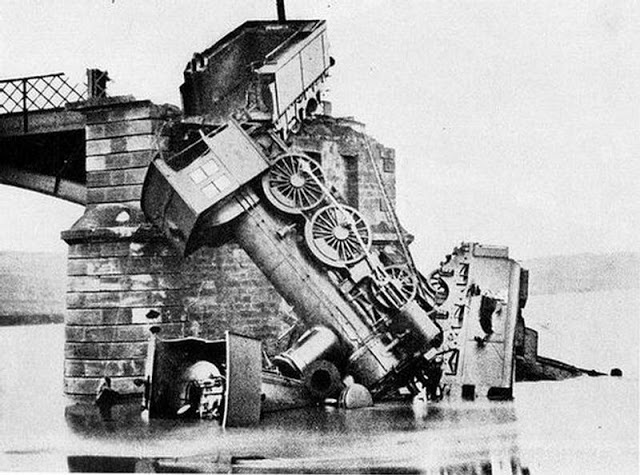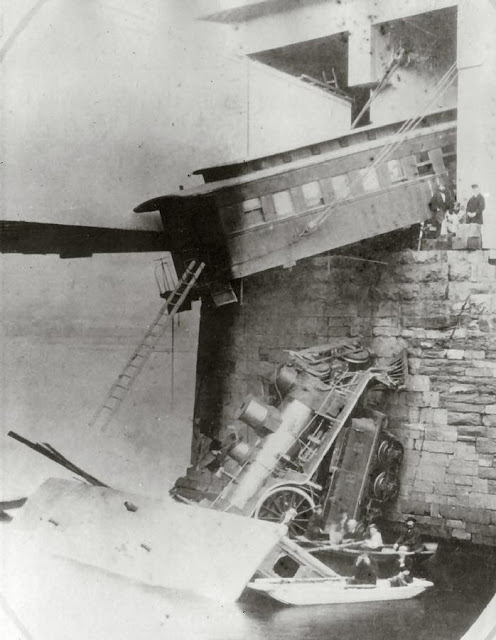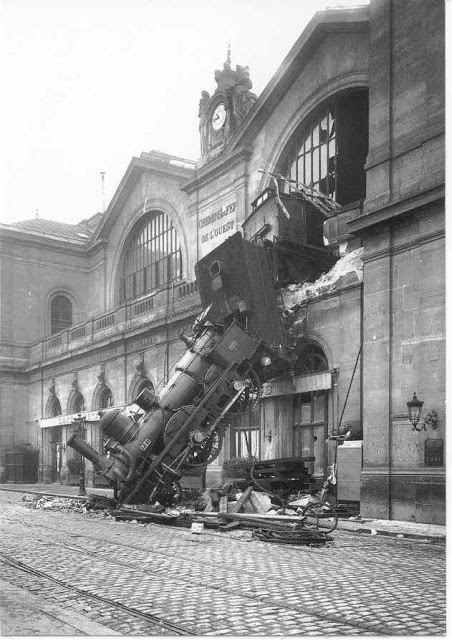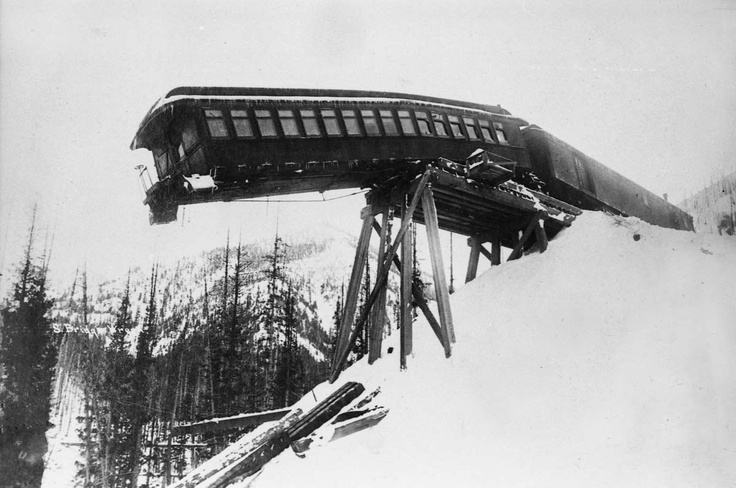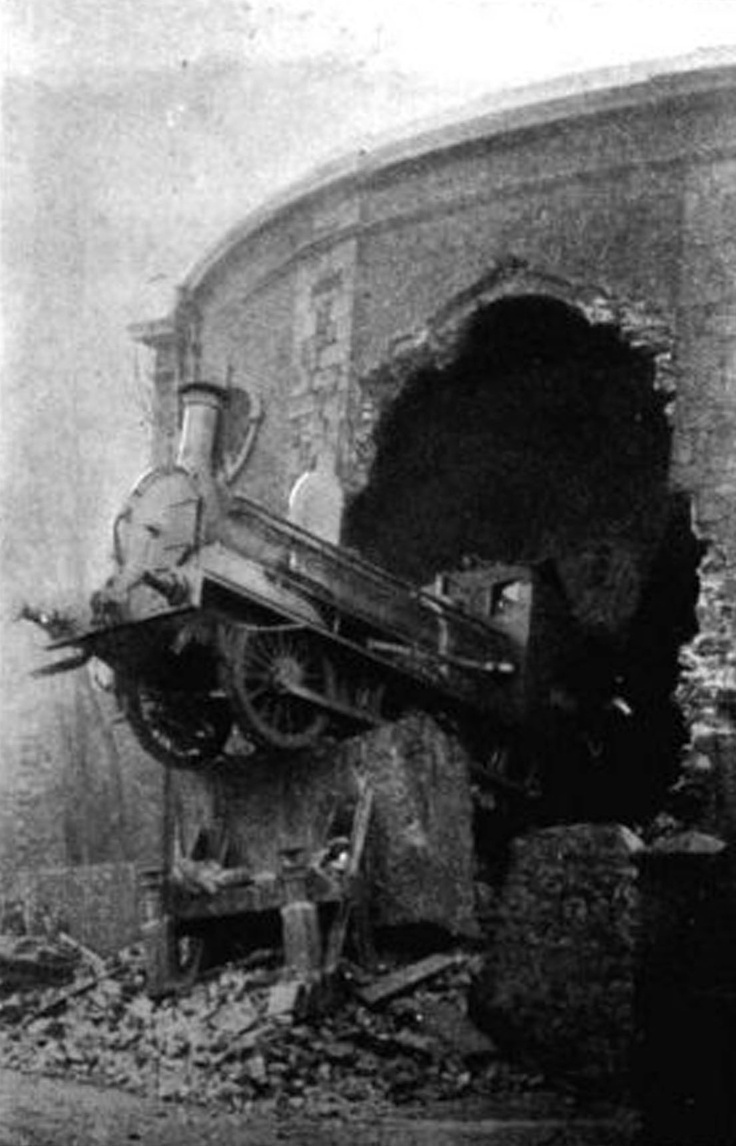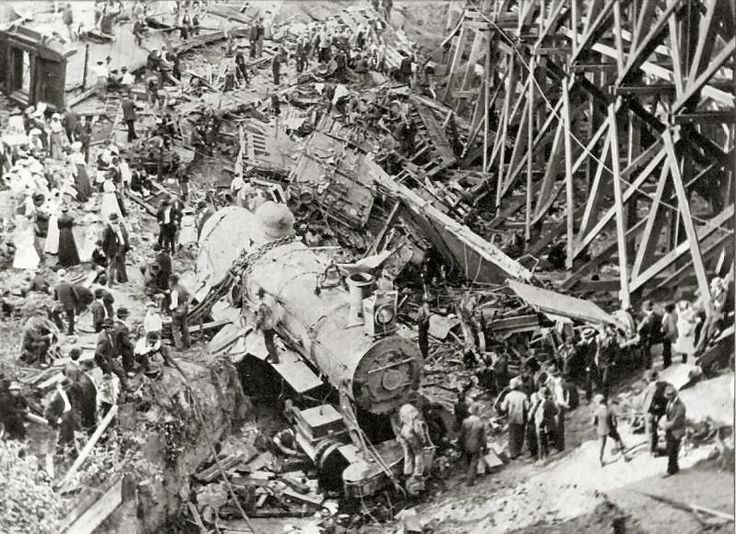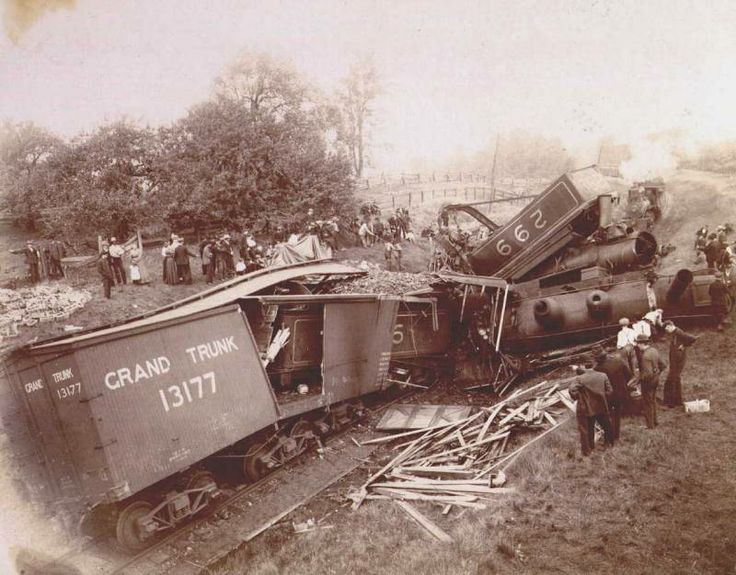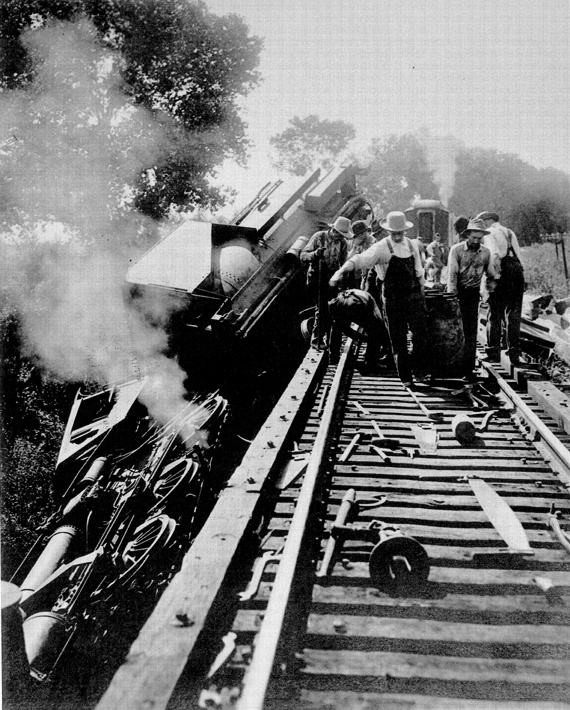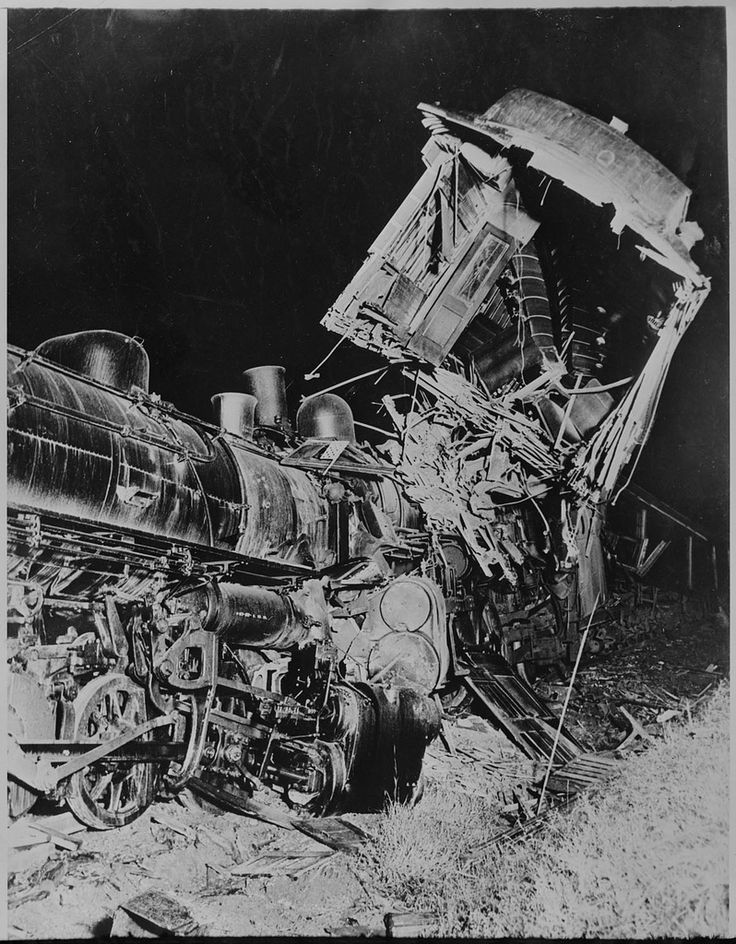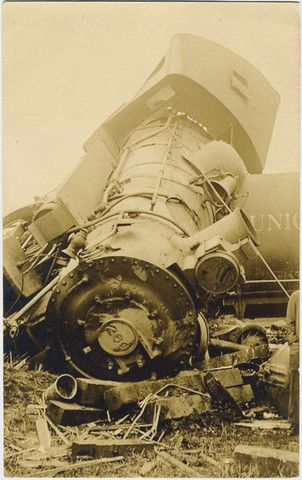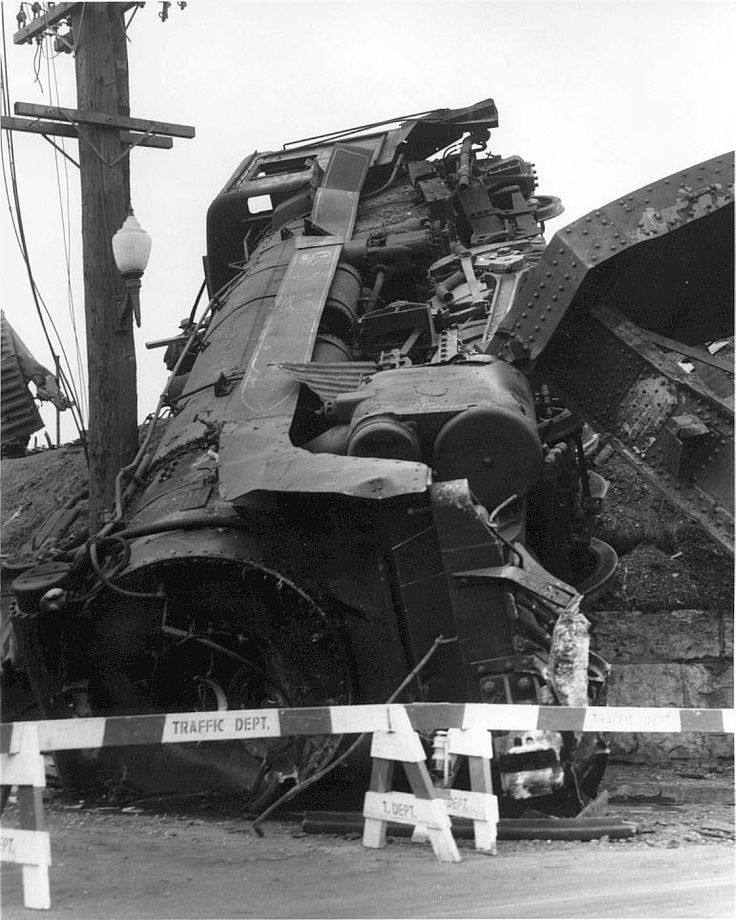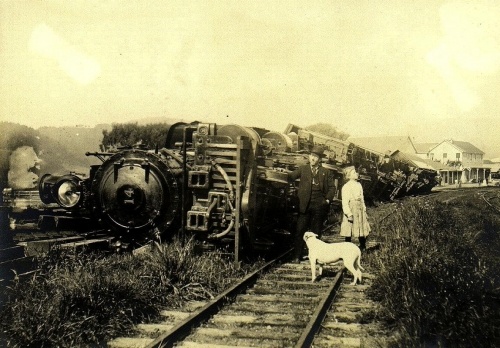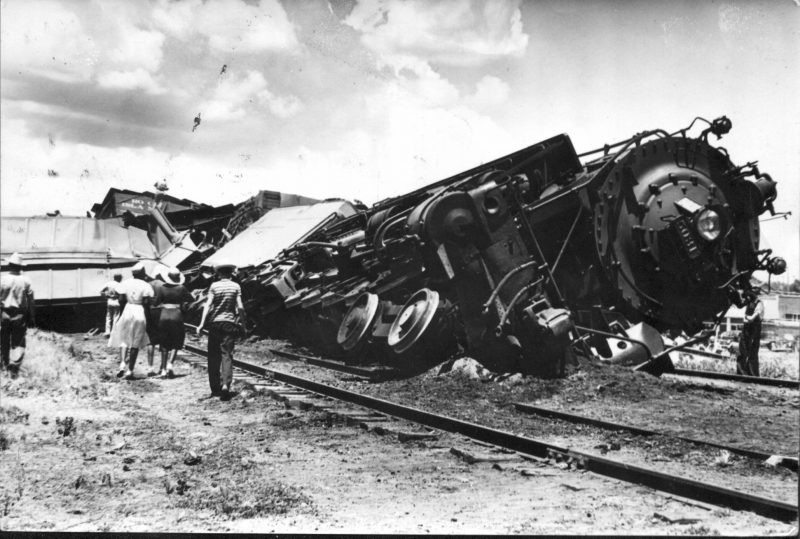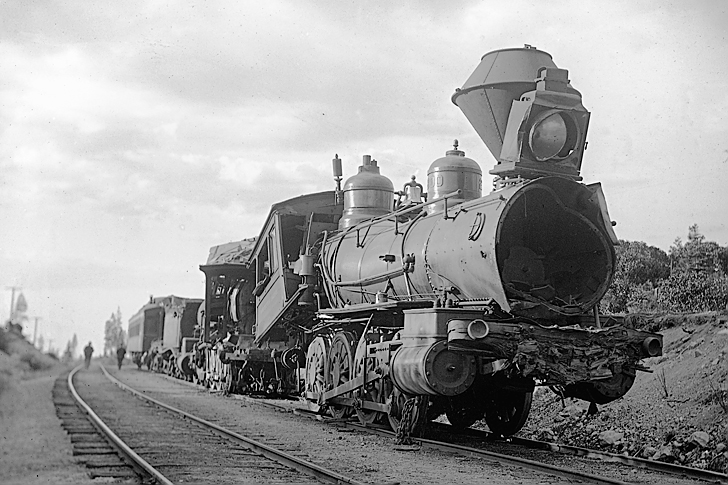Thirty yards or so down the track, the respective engineers would throw their trains’ throttles wide open, and the crews would jump to safety. Physics would do the rest.
Crush, Texas, was a temporary “city” established as a one-day publicity stunt in 1896. William George Crush, general passenger agent of the Missouri-Kansas-Texas Railroad(popularly known as the Katy), conceived the idea to demonstrate a train wreck as a spectacle. No admission was charged, and train fares to the crash site were at the reduced rate of US$2 from any location in Texas. As a result about 40,000 people showed up on September 15, 1896, making the new town of Crush, Texas, temporarily the second-largest city in the state. Unexpectedly, the impact caused both engine boilers to explode, resulting in several fatalities and numerous injuries among the spectators.
Preparations
Two wells were drilled at the site 3 miles (4.8 km) south of the town of West in McLennan County. Circus tents from Ringling Brotherswere erected as well as a grandstand. The train engines were painted bright green (engine #999) and bright red (engine #1001), both4-4-0 American locomotives (two pilot axles, two drive axles, and nothing under the firebox). A special track was built alongside the Katy track so that there was no chance a runaway train could get onto the main line. Crush Texas was named after Mr. Crush who worked for the railroad and invented the Crash at Crush event. One of the descendants, Mark Crush, has made history available to Texas history scholars who study this event. The trains toured the state for months in advance, advertising the event.
Crash
The first recorded railroad accident in U.S. history occurs when four people are thrown off a vacant car on the Granite Railway near Quincy, Massachusetts. The victims had been invited to view the process of transporting large and weighty loads of stone when a cable on a vacant car snapped on the return trip, throwing them off the train and over a 34-foot cliff. One man was killed and the others were seriously injured.
The steam locomotive was first pioneered in England at the beginning of the 19th century by Richard Trevithick and George Stephenson. The Baltimore & Ohio Railroad began operation in 1828 with horse-drawn cars, but after the successful run of the Tom Thumb, a steam train that nearly outraced a horse in a public demonstration in 1830, steam power was added. By 1831, the Baltimore & Ohio Railroad had completed a line from Baltimore to Frederick, Maryland.
